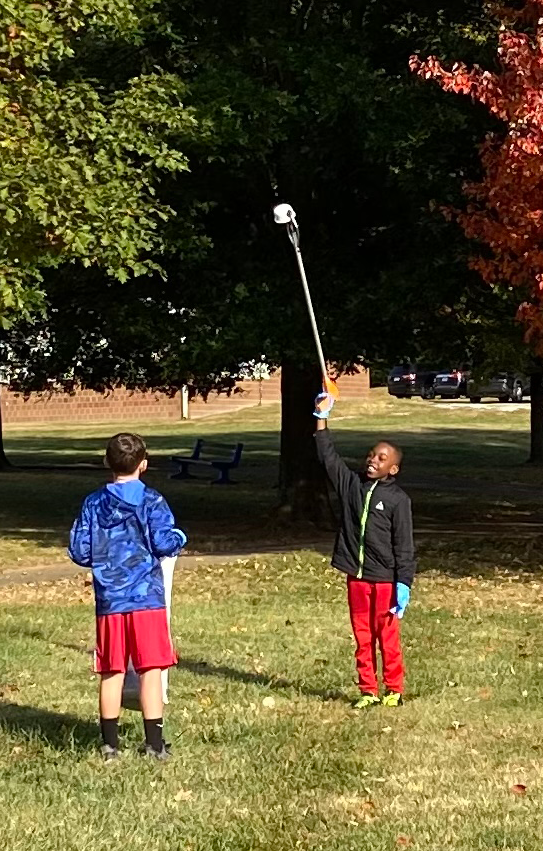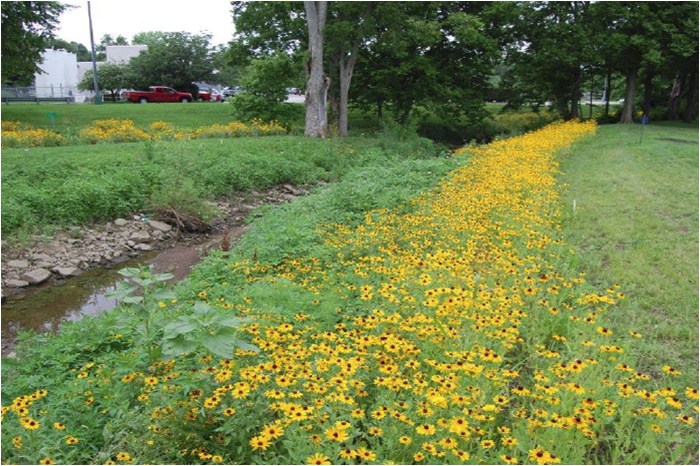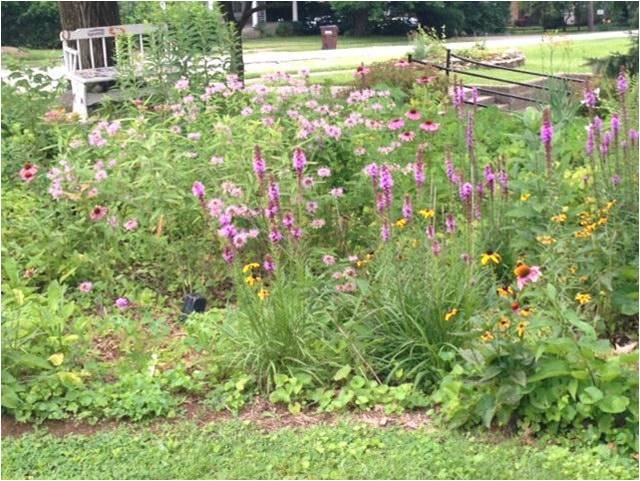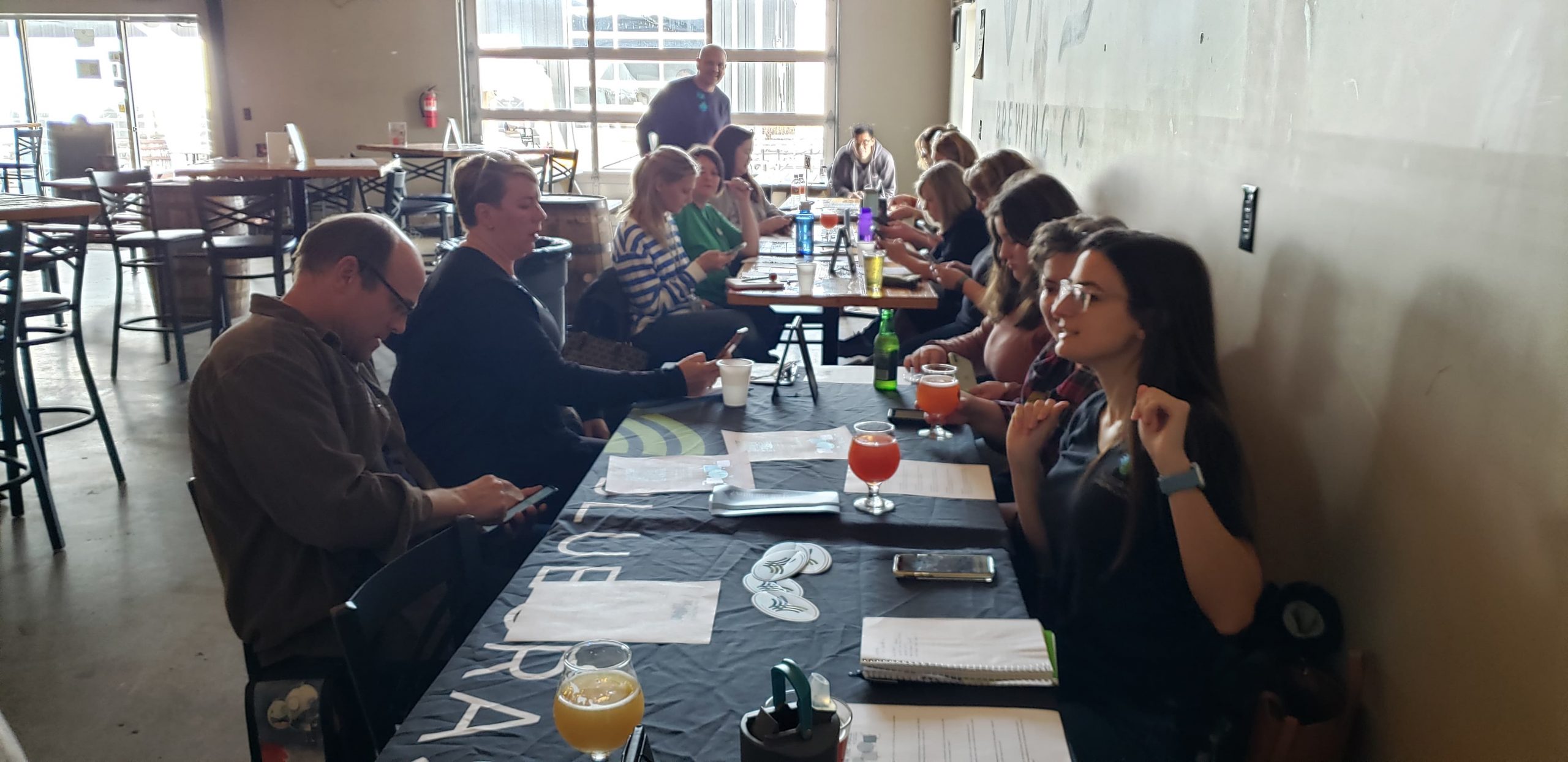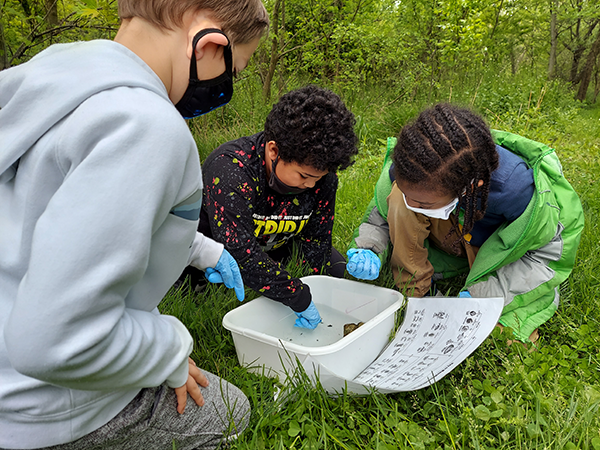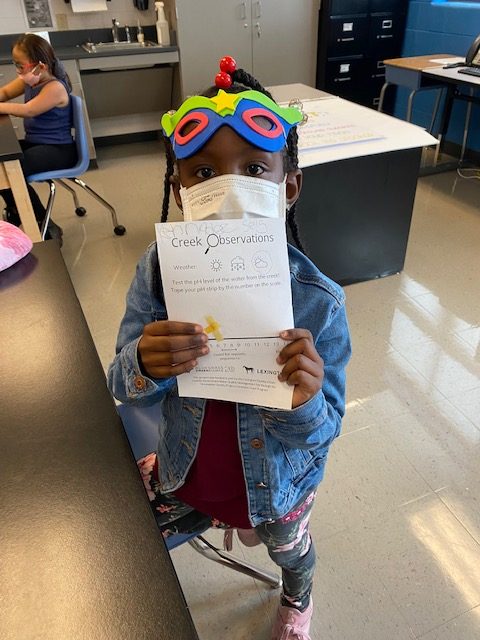Cooperative Solar Farm One: Affordable, hassle-free access to solar energy at home

The idea of someone else maintaining the solar panels was very attractive to us. This is much more efficient than everyone trying to figure this out on their own.Guy Huelat, Cooperative Solar customer
The following article is sponsored content by Kentucky’s Touchstone Energy Cooperatives COOPERATIVE SOLAR program.
Homeowners and business owners who have sustainability goals to lower their carbon footprint or want to save money on their monthly energy bills have been Investing in solar energy for years. Solar is a clean, affordable way to produce energy using only the power of the sun.
Putting a solar array on a home or business can be challenging or impossible for many. For renters, or those whose homes aren’t suitable for solar panels, it’s not an option. The maintenance of the solar panels and associated equipment may also discourage someone from going solar.
But Kentucky’s Touchstone Energy Cooperatives has another option for its members. A sixty-acre solar array, Cooperative Solar Farm One, located just east of Lexington, provides the opportunity for any member who wants to offset their carbon footprint and lower their energy bill to invest in solar energy without having to put panels on their home or business.
Guy Huelat knew Cooperative Solar One was a good investment when he looked into using solar to offset his energy bill. He and his wife Debbi licensed 77 panels.
“The idea of someone else maintaining it was very attractive to us,” said Huelat. “This is much more efficient than everyone trying to figure this out on their own.”
The Huelats were concerned that the solar panels wouldn’t match the aesthetic of their home and property. Cooperative Solar Farm One was an attractive option because it made getting access to solar energy easy, without the hassle of putting the panels on their home.
“We have good friends in Florida, and about every seventh house has solar panels on the roof,” he said. “The reason is that it’s not offered by their electric company. The consumer is going to do this. This is proof that co-ops can be more competitive than other power companies.”
Huelat estimates that the panels will pay for themselves within 15 years, and said one of his concerns when he considered solar was the cost of fossil fuel energy will eventually go up.
Cooperative Solar Farm One has about 32,000 panels which make enough electricity to power about 1,000 homes.
For a one-time payment of $460 per panel, participating members will receive a 25-year license to one of the panels. That means they will get credit on their monthly power bill for their proportional share of the energy generated by the solar farm, as well as the market value of their panel’s capacity. And they can monitor panel performance online.
For more information or to license solar panels, go to www.CooperativeSolar.com.
